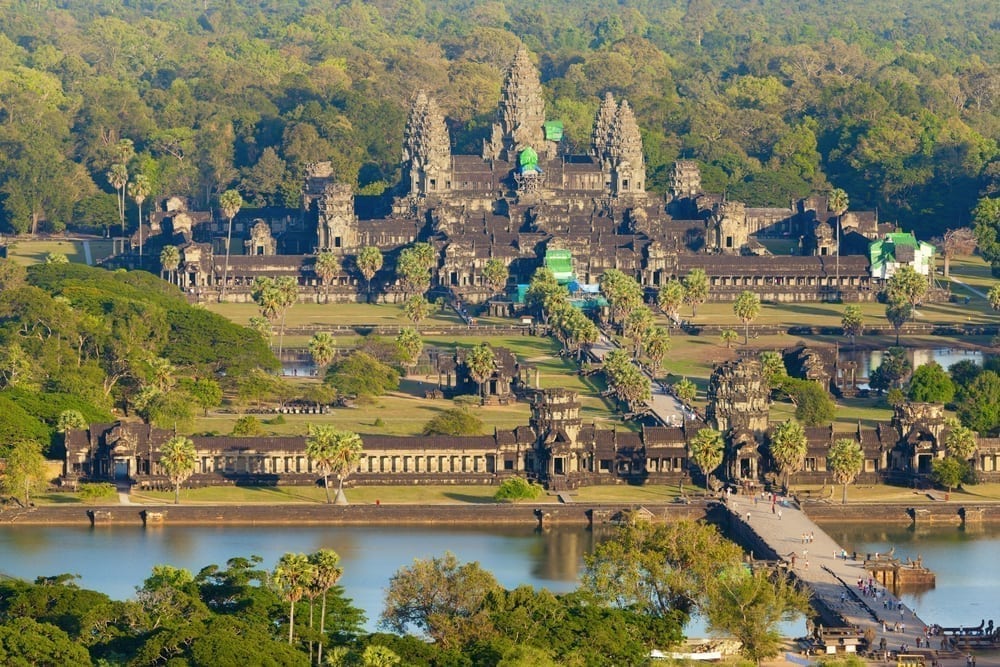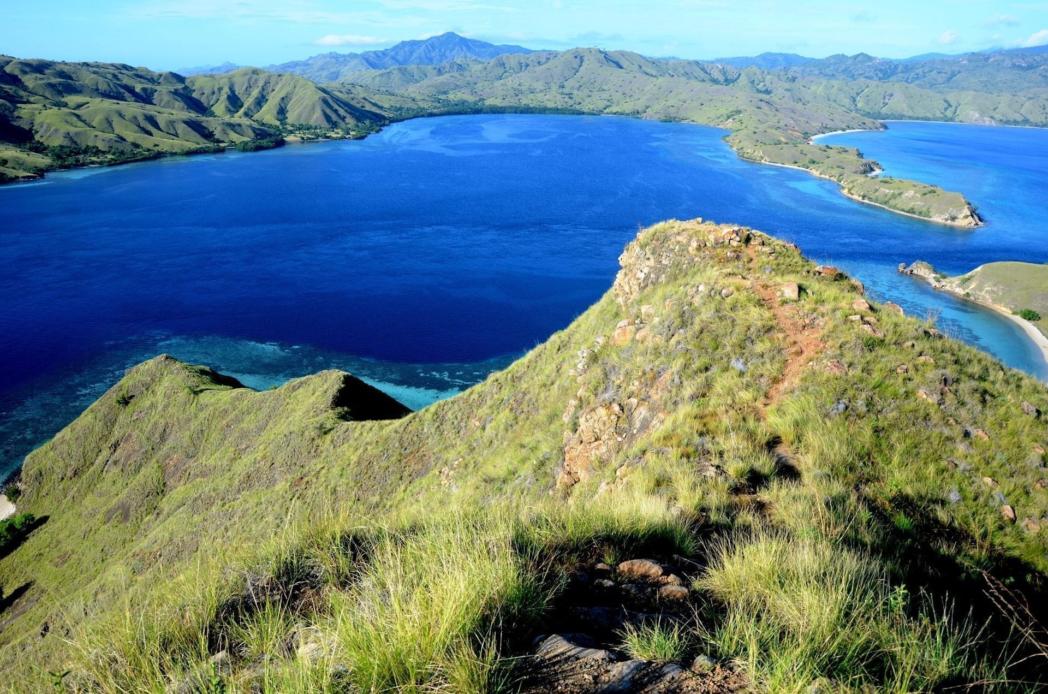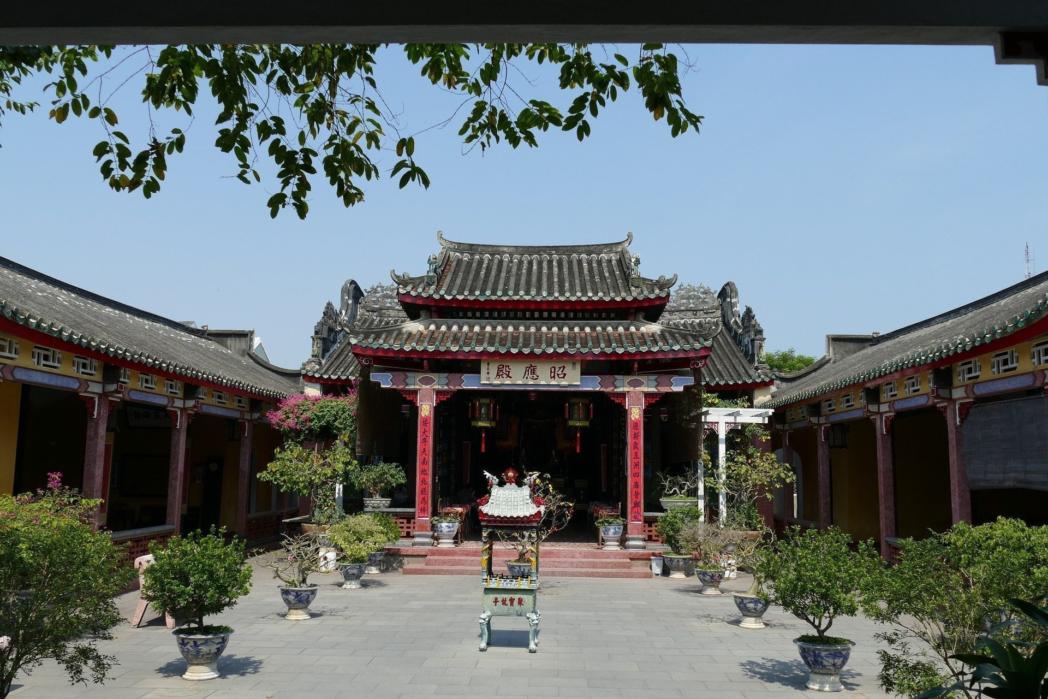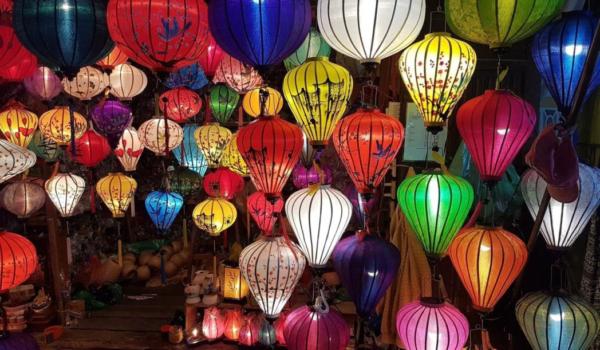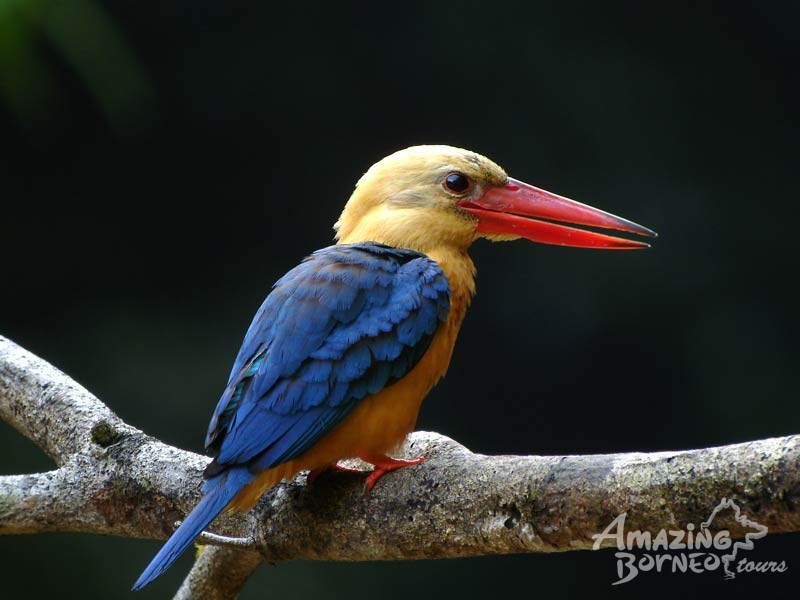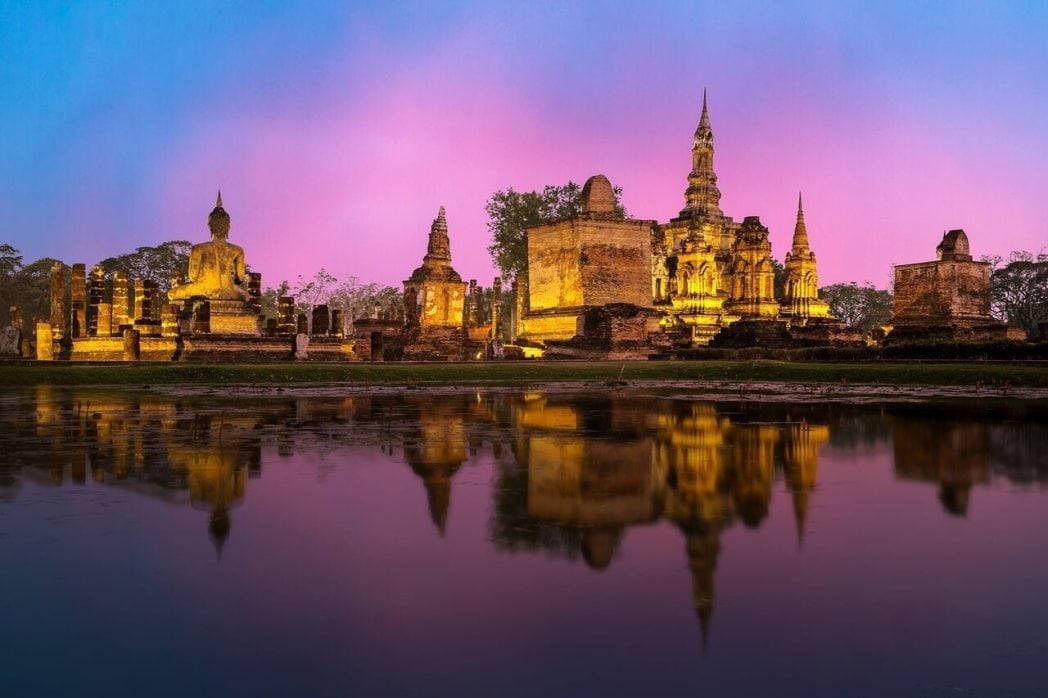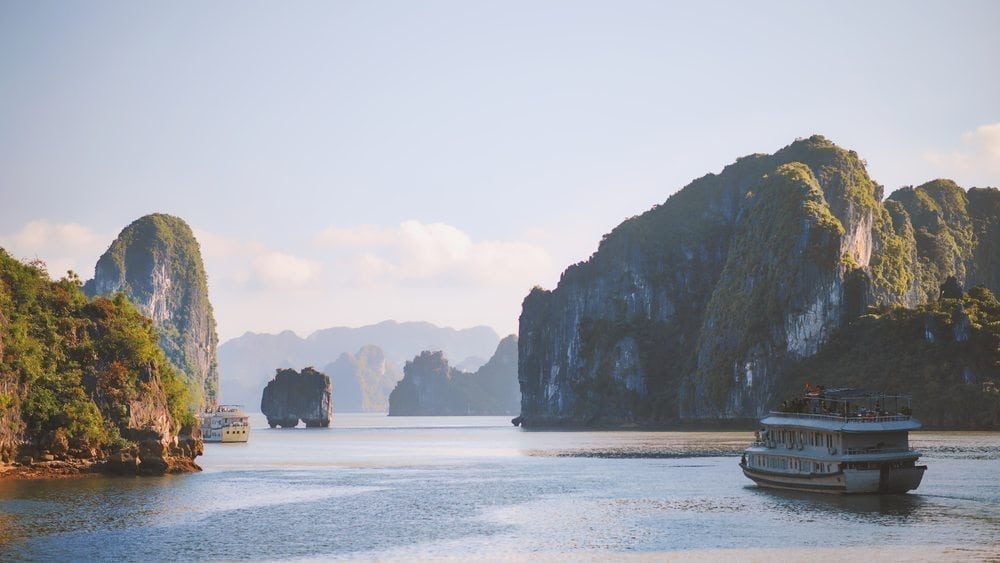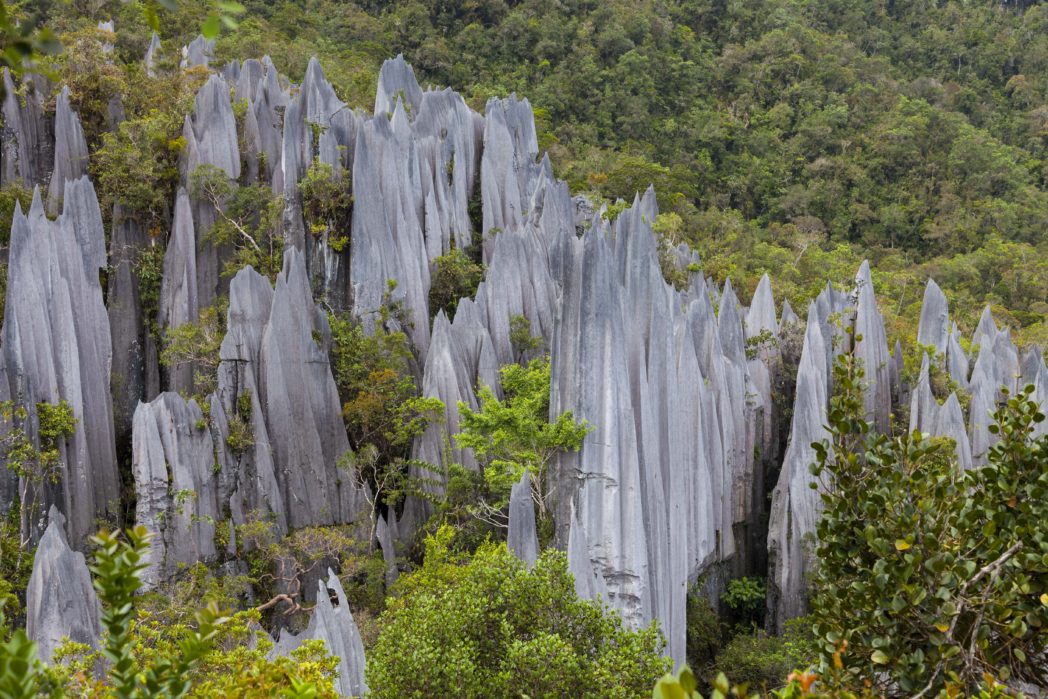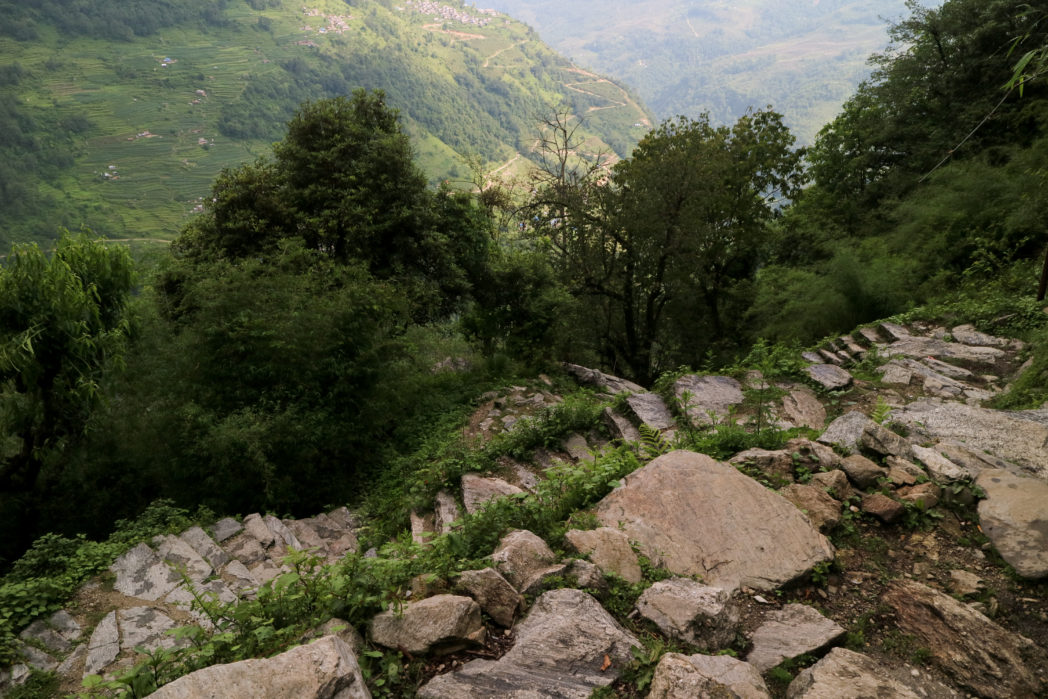World Heritage Sites in South East Asia
The former capital of Siam during 477 years, Ayutthaya is a city full of history and classified as a UNESCO World Heritage Site. Despite the partial destruction of the site by the Burmese people in the 18th century, the remains of the gigantic Buddhist monasteries enable to measure the magnitude of the city.
Bedugul is a large area of the central highlands of Bali around the villages of Bedugul, Candikuning, Pancasari, Pacungand and Wanagiri. This is an area of great natural beauty. The focus point of the area centres on the three crater lakes of Bratan (Beratan), and Tamblingan, and the nearby botanical gardens. The whole area is at an altitude of 700 metres or more, with the tallest mountain peaks above 2,000 metres, and it can be distinctly chilly here.
Dalat is located at an altitude of 1,600m above sea level and 300 km from Ho Chi Minh City, endowed with favourable climate and a spectacular natural landscape, Dalat was developed as a resort by the French in the early 1900s, and many reminders of its colonial heritage remain. The city enjoys fresh air and cool weather all year round.
Located 170 km east of Hanoi in the Gulf of Tonkin, Halong Bay is recognized as one of the world most stunning natural treasures, with its spectacular seascape of limestone pillars, has been listed as a World Heritage site by UNESCO. With over 3,000 islets covering an area of 150 km² and its emerald water and numerous limestone caves, Halong Bay is truly a mystical site.
Historically known as ‘Faifo’, Hoi An was a major maritime hub in Asia and the largest commercial port in Vietnam during the 17th and 18th centuries, located 30 km south of Danang. Today, Hoi An, rich in cultural heritage and unique in character, is considered as one of the most charming coastal towns of Vietnam. A mixture of Portuguese, Chinese, Japanese and French influences, it retains the feeling of the past centuries. Its magnificent collection of almost 850 ancient French colonial buildings, the iconic Japanese Covered Bridge and its pagoda and preserved streetscapes are just begging to be explored.
Located in the Nakhon Ratchasima Province, Khao Yai is the third largest National Park of Thailand. Within its 2000 km2 space, a diverse fauna and flora are grouped together. Many treks will allow travellers to admire different waterfalls, colorful birds and other jungle animals.In 2005 it was designated a UNESCO World Heritage Site as part of the larger Dong Phaya Yen–Khao Yai Forest Complex. Situated on the southwestern boundary of the Khorat Plateau, it occupies the western part of the Sankamphaeng Mountain range. Thick jungle covers the mountainous slopes, interspersed with some scenic waterfalls.
Kompong Cham is located along the Mekong River, this charming and peaceful town has preserved its colonial heritage. The surroundings are also known for the Wat Nokor Temple and its Aspara sculptures and the Cham minority villages, the third ethnic group of Cambodia.
The authentic region of Kompong Thom, situated in the centre of Cambodia, features one of the most important cultural heritages of the country. Among them are Phum Prasat and Sambor Prei Kuk with over a hundred pre-Angkorian temples lost in the jungle.
Preah Vihear has been preserved from the mass tourism due to the lack of infrastructure development so the region is an opportunity for an authentic excursion. In this hardly accessible area, travelling during the dry season is highly recommended. However, the magnificent Angkor temples are worth visiting.
The name Siem Reap literally means “Siam Defeated”. These days, however, the only rampaging hordes are the tourists heading to the Angkor Archaeological Park. This once quaint village has become the largest boom town and construction site in Cambodia. It’s quite laid-back and a pleasant place to stay while touring the temples and a nice compromise between observing Cambodian life and enjoying the amenities of modern services and entertainment, thanks to a large expatriate community.
Sukhothai is a former capital of Thailand during the 13th century has become a popular tourist destination. The Sukhothai (Rising of Happiness) Kingdom flourished from the mid-13th century to the late 14th century. This period was the golden age of Thai civilisation, and the religious art and architecture of the era are considered to be the most classic of Thai styles.
The Imperial Citadel of Thang Long, is an intriguing relic of Vietnam’s history and, signifying its historical and cultural importance, was made a UNESCO World Heritage Site in 2010. Also known as the Hanoi Citadel, many artefacts and items dating back to between the 6th and 20th centuries were excavated in 2004, including foundations of old palaces, ancient roads, ponds and wells.
Thungyai-Huai Kha Khaeng Wildlife Sanctuary World Heritage property lies in Uthai Thani, Tak, and Kanchanaburi provinces in the west of Thailand, alongside the border with Myanmar. Huai Kha Khaeng Wildlife Sanctuary is one of most interesting wildlife locations in Thailand. Due to relatively clear visibility through the forest and abundance of all sorts animals it is very easy to spot wildlife. The sanctuary is home to largest population of tigers in Thailand, other relatively common species are banteng, elephants and leopards.
Relatively small numbers of Thai people can claim to have visited this splendidly scenic part of their own land, and if it is amazingly well endowed with natural beauty, its other great asset is being one of Thailand’s little-known tourist secrets. Whilst an average of one plane every few minutes uses Phuket’s busy runway, Trang’s tranquil airport (opened in 1999) welcomes just a handful of flights a day, with the few overseas visitors on board generously outnumbered by Thai businessmen and local citizens.
Located in The Northeast of Thailand, less than a hundred kilometres away from Vientiane (Laos), Udon Thani is the 4th biggest city of the country. It became famous during the Vietnam War as it hosted one of the largest US military bases. Moreover, the city is also renowned for its numerous surrounding parks and archaeological sites making it an ideal place for exploring nature.
Sorry but there is some error in adding your email to our subscriber list.Please try again

